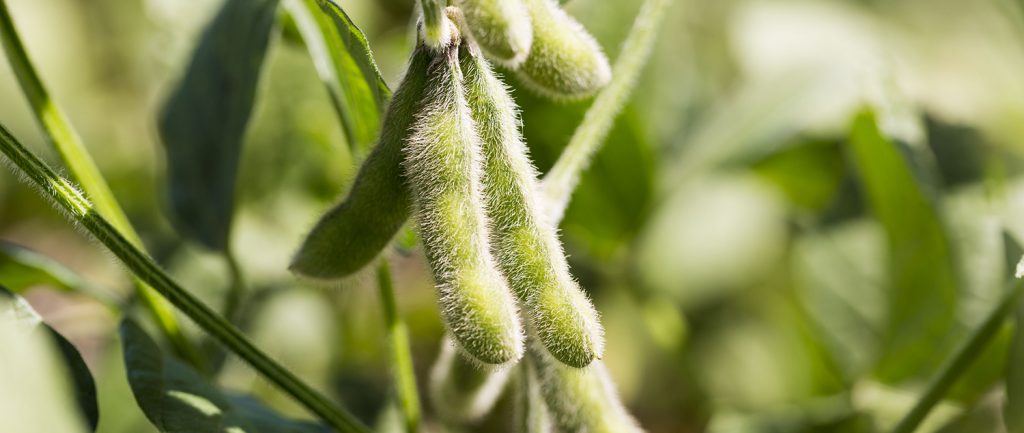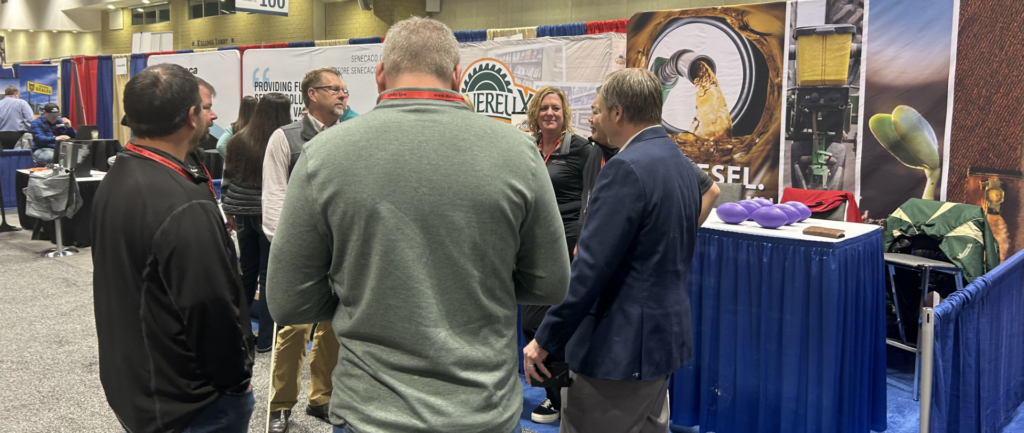This is the second in a three-part series featuring a new video collection that highlights how nematologists, soybean breeders and plant geneticists are focused on bringing new tools to soybean growers in the fight against parasitic nematodes. Click here to read the first part.
Tucked into a greenhouse at the University of Georgia is the largest active collection of experimentally adapted soybean cyst nematode (SCN) populations. The collection, which is maintained by University of Georgia Nematologist Melissa Mitchum, represents the wide range of SCN populations in soybean growers’ fields across the United States.
As part of The SCN Coalition’s “Let’s Talk Todes” video series, their new “Research Collection” series features Mitchum explaining how SCN populations in the Tode Farm serve as workhorses for the soybean breeding program, as well as soybean researchers and nematologists across the country. The findings from this soy-checkoff funded initiative brings new tools to soybean growers in the fight against parasitic nematodes.
Mitchum, who refers to the collection as the “Tode Farm,” says the nematodes have been adapted to reproduce on many of the current sources of resistance used in SCN resistant soybean varieties and assisted in the soybean checkoff-funded SCN genome sequencing project.
“With this genetic blueprint in hand, we now have the opportunity to exploit this rich collection of genetic resources to identify the virulence genes SCN uses to reproduce on resistant varieties,” Mitchum says. “More importantly, the door is now open to developing a molecular diagnostic tool to determine the virulence of field populations and prescribe the best type of resistance for growers to plant.”
Why does source of SCN resistance matter to soybean farmers?
Mitchum explains that resistance genes in soybeans have different modes of action. “In 2012, the checkoff was instrumental in allowing researchers to identify the genes underlying resistance to SCN,” she says. “Researchers were able to clone the resistance genes found in the most common source of SCN resistance known as PI 88788 as well as a gene that regulates the Peking type of resistance. This allowed our breeders to develop molecular markers on the genes.”
Using the molecular markers in the lab, University of Georgia Soybean Breeder and Geneticist Zenglu Li can develop new modes of action by pyramiding resistance genes to enhance the longevity of nematode resistance.
“We have a robust pipeline of materials to deliver high-yielding varieties that are resistant to SCN and root-knot nematode,” he says. “The gene marker selection accelerates the breeding cycle.”
This public-private partnership is key to bringing new nematode resistant varieties to soybean growers.
“The SCN Coalition is a partnership with the industry. We want to improve on the current sources of SCN resistance and bring new sources of resistance to soybean growers,” Mitchum says. “More options help keep soybean production sustainable.”
About The SCN Coalition
The SCN Coalition is a public/checkoff/private partnership formed to increase the number of farmers who are actively managing SCN. Our goal is to increase soybean farmers’ profit potential and realize higher yields. Partners in The SCN Coalition include university scientists from 28 states and Ontario, Canada, grower checkoff organizations including the North Central Soybean Research Program, United Soybean Board and several state soybean promotion boards, and corporate partners including BASF, Bayer, Growmark, Nufarm, Pioneer (Corteva), Syngenta, Valent and Winfield United.







